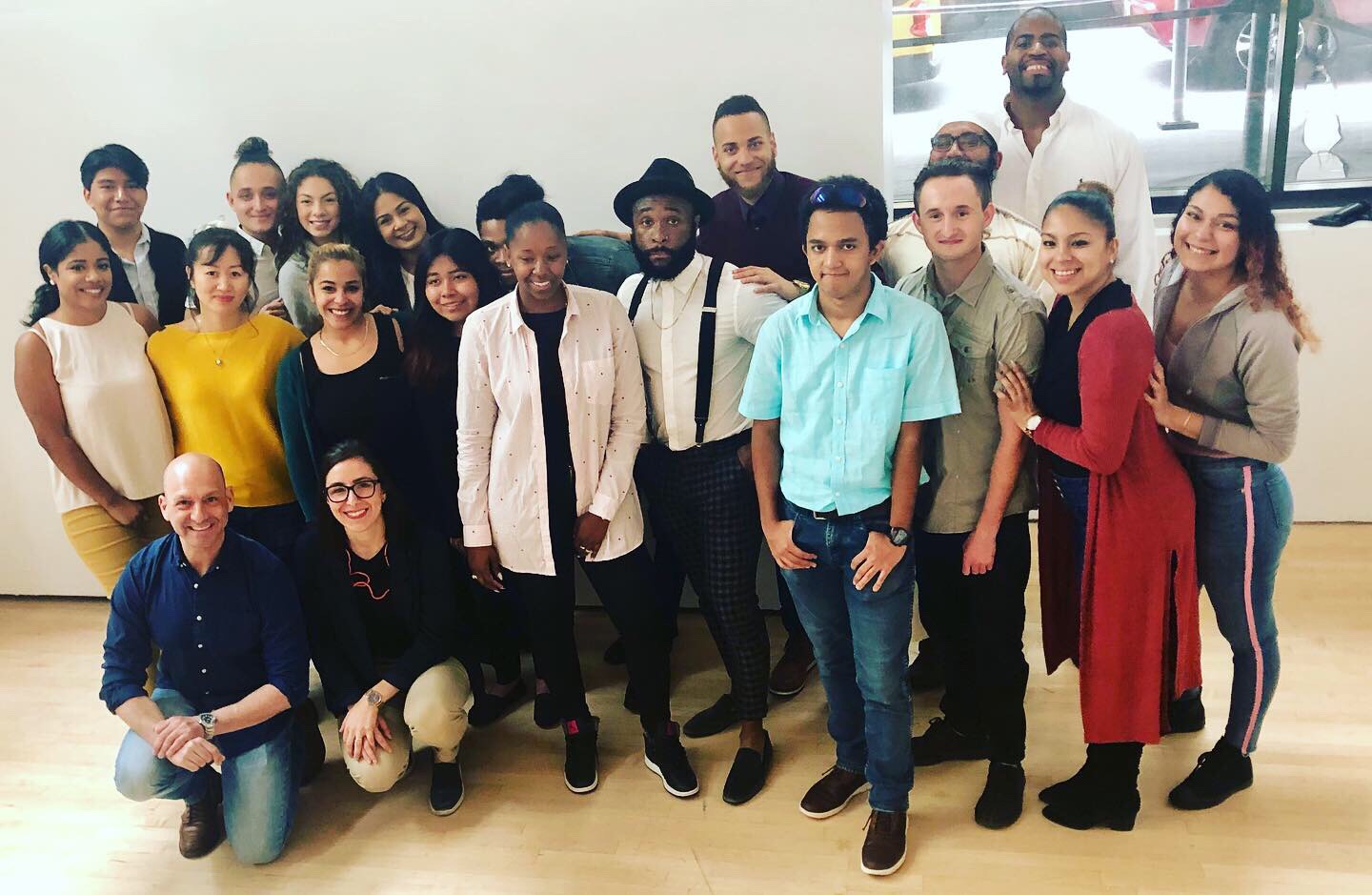Digital & Public Facing Projects
El Hilltop habla
Los estudiantes de español IV (SP 300) presentan el primer periódico en español de Saint Anselm College.
El Hilltop habla ha sido un proyecto colaborativo que queremos compartir con toda la comunidad universitaria. Somos conscientes de la multiplicidad de voces que componen esta iniciativa, y ha sido nuestro propósito intentar incluirlas todas con la escritura de nuestros artículos, por lo que incorporamos abiertamente textos bilingües y artículos que utilizan el lenguaje inclusivo.Todas las citas textuales que aparecen en os diferentes artículos han sido traducidas por las propias autoras y autores. Nos hacemos responsables de los errores que se puedan encontrar.
Con ilusión empezamos esta aventura… ¡este es el primer número de muchos otros en un futuro próximo!
The Spanish-speaking community in NH
This project is part of the New Storytellers: The Research Institute in Digital Ethnic Studies program.
Linguistic Landscapes: Unpacking Language Hierarchies
This course was part of the Pressing Public Issues project (Spearheaded by a partnership between the James Gallery, the Teaching and Learning and Center, and the CUNY Humanities Alliance),
This project aimed to explore the linguistic diversity of the area in context: from a visual/written perspective (public road signs, advertising billboards, street names, place names, commercial shop signs, among other public signs) as well as from a speaking/aural one (interviews, music, background conversations). For the purpose of this project, we stress how our languages and language practices influence the way we interact with people and how language relates to our role in society. Working with Ryan Seslow, an artist-pedagogue, and following a digital storytelling methodology, students discovered and learned about the linguistic diversity in Jackson Heights and how languages shape this public sphere.
This project allowed students to investigate different forms and shapes of literacy and to analyze the multilingual and multiliterate sociolinguistic ecology of this neighborhood. Based on our readings, discussions and inquiry, we also encountered an analysis of language ideologies that surfaces the power relations between individuals/groups/communities, and identify identity makers of different communities. Students had the opportunity to offer a public physical exhibit by the end of the semester at the James Art Gallery, and the final project has a permanent online presence.
More about the use of CUNY Academic Commons on this piece by Antony Wheeler.
Documenting Communities (Focus Inquiry Group – FIG)
This year-long (2019-2020) Focused Inquiry Group (FIG) supports the development of culminating assignments in undergraduate courses that invite students’ engagement with their communities. Culturally-responsive projects create connections between the disciplines and students’ experiences outside the classroom. The process of documenting the city, its neighborhoods, and the lives of its inhabitants can help students build a new perspective on familiar spaces, invigorating their scholarly reflections.
This project cultivated assignments where students create artifacts that presume an audience outside the classroom, fostering engagement with broader publics. Handbooks, podcasts, zines, short documentaries, and websites are possible projects that position the student as a producer of knowledge, while integrating the exploration of disciplinary content with other skills. Scaffolded multi-media projects create varied opportunities for self-reflection and feedback.
Students as Knowledge Producers of Open Educational Resources (OERs)
My Independent Study for the Interactive and Technology Pedagogy Certificate examines an innovative pedagogical practice carried out by a Spanish Heritage Language class at Lehman College, since it enables Heritage Language Learners (HLL) to become producers of teaching and learning videos for L2 Spanish learners. Taking East Harlem as a starting point and following placed-based and task-based methodologies, Spanish HLL were able to discover, explore, map, and record different places of the area, allowing connections within diverse communities outside the classroom setting. During this semester-long project, emphasizing a de-centered classroom perspective, these methodologies promoted HLL communicative competences as well as cultural and socio-political awareness in a local context. Students were actively involved in formative and summative reflection about their work; being critically and continuously engaged during the process from design and research to problem-solving. Finally, the authenticity of the project is accomplished by students’ voices and choices and will be made available as an OER (Open Educational Resource) through the CUNY Academic Commons.
